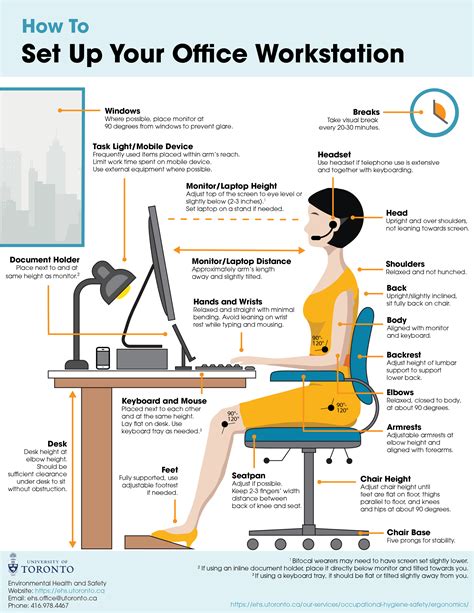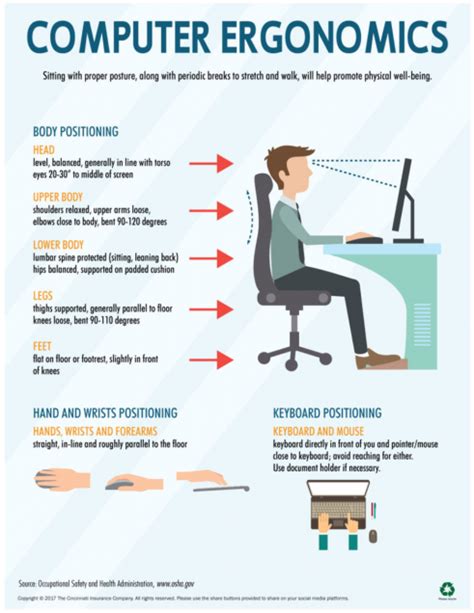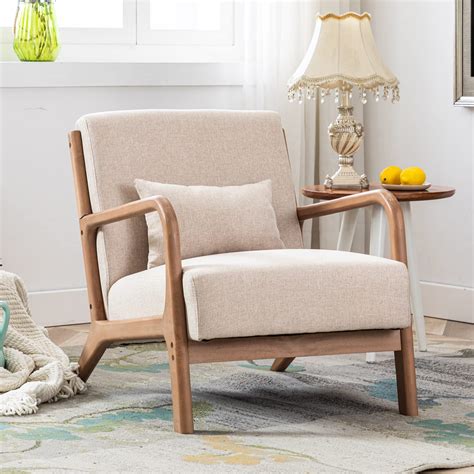Which ergonomic office chair truly boosts focus for long work sessions?

The Undeniable Link Between Comfort and Concentration
In today’s fast-paced work environment, long hours spent at a desk are the norm for many professionals. While dedication is key, sustained focus often hinges on factors beyond willpower. Discomfort, aches, and poor posture can be significant distractions, eroding concentration and productivity over extended work sessions. This is where the right ergonomic office chair steps in as a vital tool, not just for physical well-being, but for cognitive performance.
An ergonomic chair is engineered to support the human body’s natural posture, reducing strain and promoting healthy circulation. By minimizing physical discomfort, it frees your mind to concentrate on tasks at hand, rather than nagging back pain or numb limbs. The question isn’t just about comfort; it’s about creating an environment where your body supports your mind’s ability to perform at its peak for hours on end.

Core Ergonomic Features That Boost Focus
Not all ergonomic chairs are created equal. To truly boost focus, certain features are paramount:
- Adjustable Lumbar Support: This is crucial for maintaining the natural ‘S’ curve of your spine, preventing slouching and alleviating lower back pain. When your lower back is properly supported, tension across your entire back and shoulders is reduced, allowing you to sit comfortably for longer.
- Seat Depth and Height Adjustment: Proper seat depth ensures your feet are flat on the floor (or a footrest) with a small gap between the back of your knees and the seat edge, promoting healthy blood circulation. Correct height alignment keeps your wrists straight when typing, reducing strain.
- Adjustable Armrests: Armrests that can be adjusted up, down, forward, backward, and pivoted allow you to support your arms and shoulders in a relaxed position, preventing tension in your neck and upper back. This subtle support significantly reduces fatigue during intensive typing or mouse work.
- Recline and Tilt Mechanisms: A chair that allows for dynamic sitting—meaning it supports slight movements and changes in posture—is better than one that locks you into a single position. Recline functions with tilt tension control allow you to lean back comfortably, shifting pressure points and providing micro-breaks for your spine throughout the day.

Beyond Basic Adjustments: Advanced Ergonomics for Sustained Concentration
While the core features are essential, advanced ergonomic designs push the boundaries further to enhance focus:
- Synchronized Tilt: This mechanism allows the seat and backrest to recline simultaneously at an optimal ratio, keeping your feet on the floor and maintaining proper spinal alignment even when leaning back. It encourages movement and prevents static sitting, which can lead to discomfort and mental fatigue.
- Breathable Materials: Chairs made with mesh or other breathable fabrics prevent heat buildup, keeping you cool and comfortable. A hot, sticky chair can be a constant, albeit subtle, distraction that drains your focus over time.
- Intuitive Controls: A truly effective ergonomic chair has controls that are easy to reach and understand, allowing you to make quick adjustments without breaking your concentration or needing to stand up.
- High-Quality Build and Durability: Investing in a chair with robust construction and quality components means consistent support for years. A wobbly or creaky chair, or one that quickly loses its support, becomes a new source of distraction.

Choosing Your Focus-Enhancing Throne
When selecting an ergonomic office chair, consider your unique body type, typical work activities, and the duration of your work sessions. A taller individual will need different adjustments than a shorter one, and someone who types constantly will have different needs than someone who frequently engages in video calls.
It’s advisable to test chairs whenever possible. Sit in them for a significant period if you can, and adjust every feature. Pay attention to how different settings feel and how they support your posture. Don’t be swayed by aesthetics alone; functionality and adjustability are paramount for long-term focus benefits. View it as an investment in your health, productivity, and ultimately, your career.

Maximizing Your Ergonomic Investment
Even the best ergonomic chair won’t work miracles if not used correctly. Take the time to properly set up your chair to fit your body. Ensure your monitor is at eye level, your keyboard and mouse are within easy reach, and your feet are flat on the floor or a supportive footrest.
Furthermore, remember that even with the perfect chair, regular movement is essential. Incorporate short breaks every hour or so to stand, stretch, and walk around. An ergonomic chair is a powerful tool to support sustained focus, but it works best in conjunction with good overall ergonomic practices and mindful movement throughout your workday.

Conclusion
The pursuit of sustained focus during long work sessions is a constant challenge. While many factors contribute to our ability to concentrate, physical comfort and proper support are foundational. An ergonomic office chair, equipped with the right features and adjusted to your body, isn’t a luxury; it’s a strategic investment in your productivity, health, and overall well-being. By minimizing physical distractions and promoting an optimal posture, it truly empowers you to remain engaged and focused, unlocking your full potential throughout the workday.








